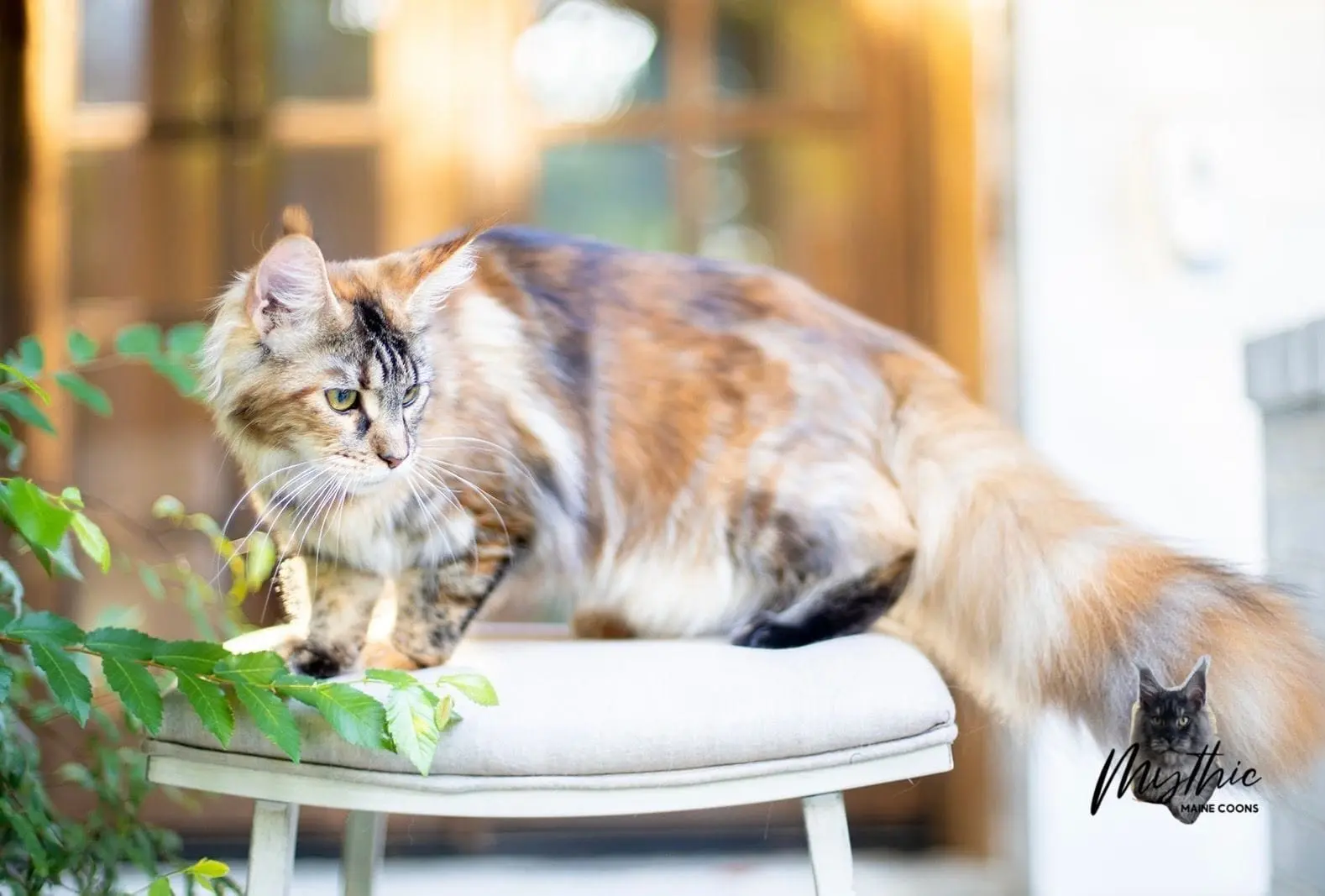PYOMETRA IN QUEENS

Pyometra is something most pet owners almost never have to deal with or have never even heard of. This is because it only occurs in unspayed females. However, when I hear Pyometra, I get a huge sense of dread. It can mean the end of a Queen’s breeding career. Pyometra is an infection inside the uterus. It is often abbreviated in the breeding world as simply Pyo.
OPEN PYOMETRA
There are two types of Pyometra: Open and Closed. Fortunately, an Open Pyo can often be treated if it is caught early on. However, a Closed Pyo almost always ends in a spay. In the case of an Open, the cervix is open and the infection is draining from the cat. It’s usually recognized by whitish, purulent discharge leaking from the Queen’s vulva. I will treat Open as long as the Queen is a good case i.e. she is young, healthy, eating, drinking, and energetic. Open Pyo can be combatted with Lutalyse and antibiotics. Lutalyse is an injection the cat recieves once everyday for five days. It forces the uterus to contract, helping to expel the infection while the antibiotics kill the rest. Once the Pyo is clear, Queens should, in most cases, be bred on their next heat and will go on to have completely healthy, wonderful litters.
CLOSED PYOMETRA
As for Closed, the cervix is closed and there is no leakage. For this reason, breeders are lucky to catch it in time and it is usaually noticed by a distended belly, lack of appetite, and lethargy. It is not recommended to use Lutalyse to treat as there is the chance of a uturine rupture, resulting in Peritonitis. This is where the infection leaks into the rest of the body and is often fatal. I never will try to treat Closed. I spay. It’s not worth the risk.

PERSEPHONE WITH OPEN PYOMETRA
I am currently treating one of my Queens (Persephone) for an Open Pyometra. One of the vets I work with originally had her on Baytil once a day and Clavamox twice a day, which sometimes works on its own. However that was not successful so we did the Lutalyse shots and switched her to 0.5 mg of Chloramphenicol twice a day for 10 days (20 doses). Chloramphenicol is a very, very strong antibiotic and humans have to be extremely careful with it. If you are one of the 1 in 10,000 people who has a reaction to it, there is no cure. For this reason, I went to Walmart and bought goggles, gloves and full body disposable hazmat suits to protect myself from any splashes or residue left on her. She is recovering wonderfully. She is eating like a pig, drinking a good amount, and plenty energetic and perky. She went into heat today. However, I will not breed her until the following heat as Chloramphenicol is not safe for gestating Queens and Neonatals (it could be harmful to the kittens). For this reason, she will need enough time to get it out of her system before she is bred. Once she is finished, she will switch to Clavamox twice a day until she is bred. Once she is pregnant, she will reduce to one Clavamox per day until 10 days after the kittens are born. This is to prevent reoccurence. Clavamox has been proven to be completely safe for gestating Queens and Neonatals so there is no issue for the kittens. If she does have a reoccurence of Pyometra, I am likely to spay her simply because I would rather not put her through it again.


